Object orientation is a central concept in programming, especially in languages like PHP. In this tutorial, you will learn what exactly this term means and how you can effectively use the principles of object orientation to improve your program code. By using objects, the structure and organization of your programs become clearer and more manageable, allowing you to work more easily and identify errors quicker.
Key insights
- Object orientation is aligned with the real world and helps to structure complex programs.
- Each object has properties (attributes) and functions (methods).
- Objects can be organized and nested in hierarchies, promoting data encapsulation.
- A clear identity is crucial for the definition of an object.
Basic understanding of object orientation
Object-oriented programming (OOP) is not an arbitrary construct, but an effective method to adapt programming to the naturalistic perception of the world. In this context, we understand that almost everything around us exists in the form of objects. Take, for example, a table: It has specific properties (e.g., height, width, color) and can perform functions (e.g., writing on it).
If you consider another example, like a keyboard, the object-oriented perspective can also be applied here. A keyboard has physical dimensions (height, width, depth) and can perform specific actions (pressing keys).
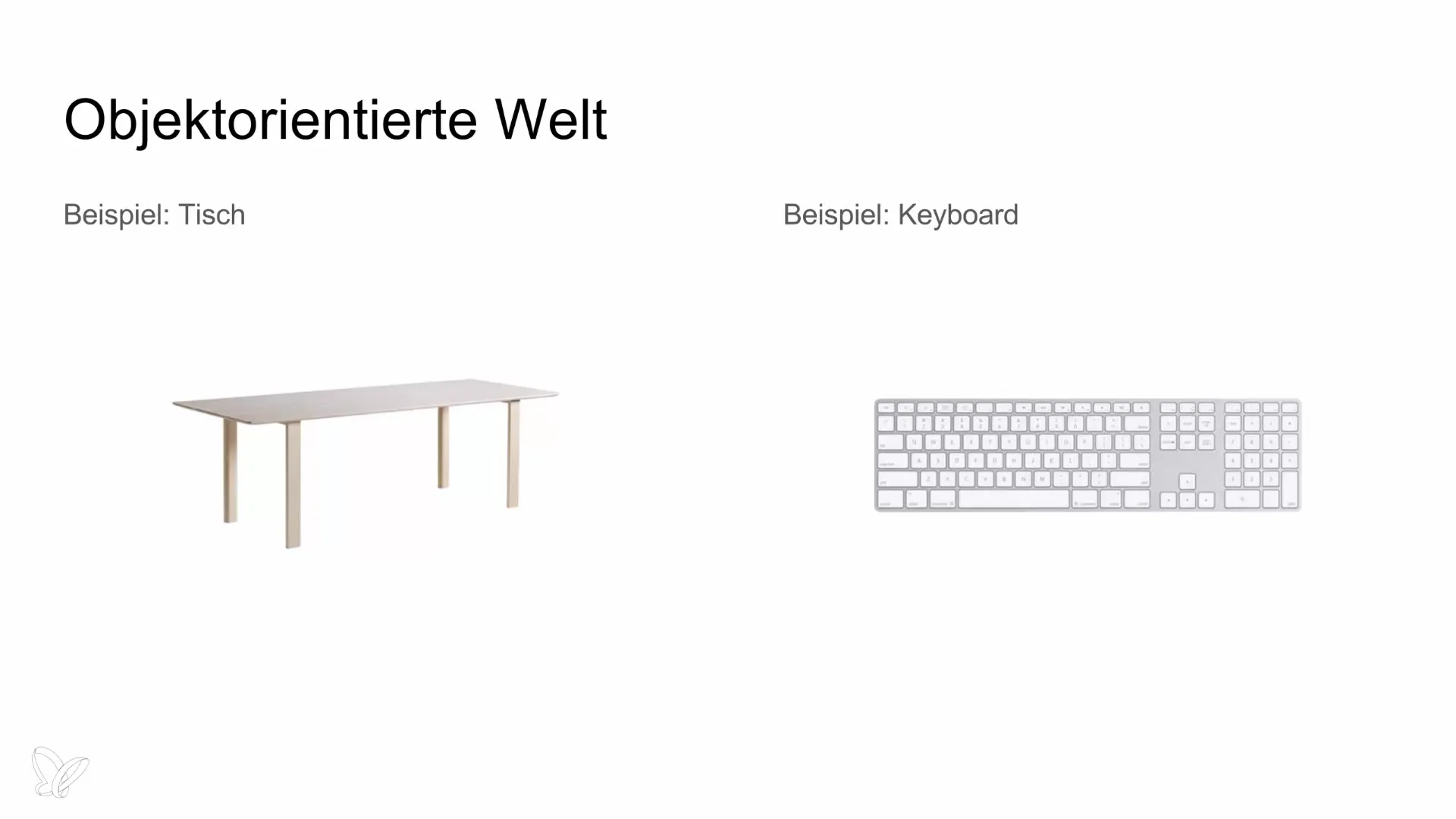
Properties and functions of objects
Each object has two main characteristics:
- Properties (attributes): These describe what an object is. For the keyboard, these would include height, width, color, and layout.
- Functions (methods): These describe what an object can do. In the case of the keyboard, we press keys to input data.
The definition of objects is helpful for categorizing them and mapping their functionality in programs. For example, a function could accept pressing a specific key and perform an action based on that, such as inputting a letter.
Objects in programming
Let's consider further applications of objects. In a program like Photoshop, there are various types of objects. Graphics or images are viewed as objects that are displayed at specific positions within the program. Here, positions and dimensions of graphics can be defined, making it easier to visualize the actual representation of objects in the software.
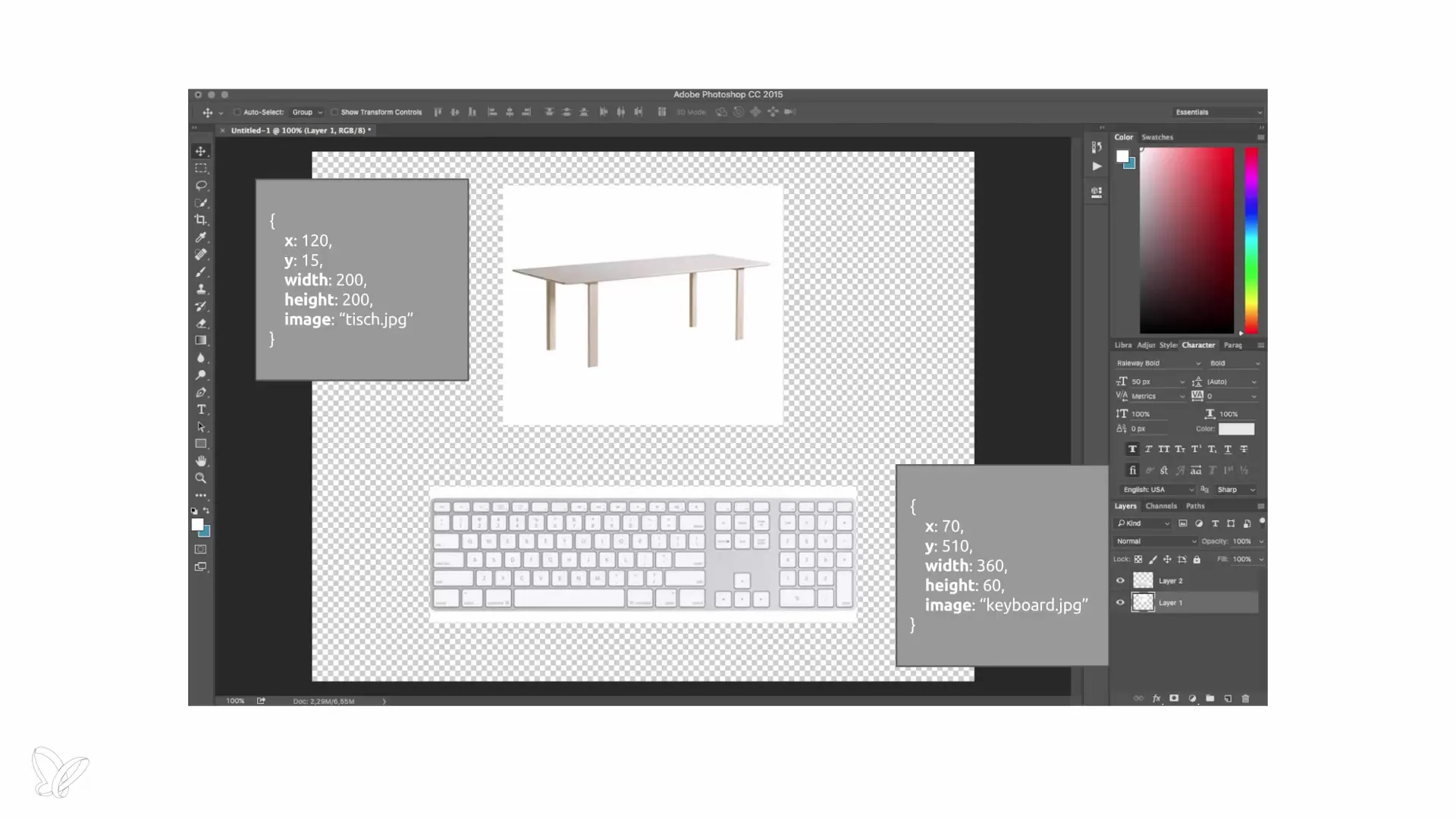
Another example of using objects is a database. Each database object can be described with specific properties (such as type and version) and offers functions like inserting or deleting data.
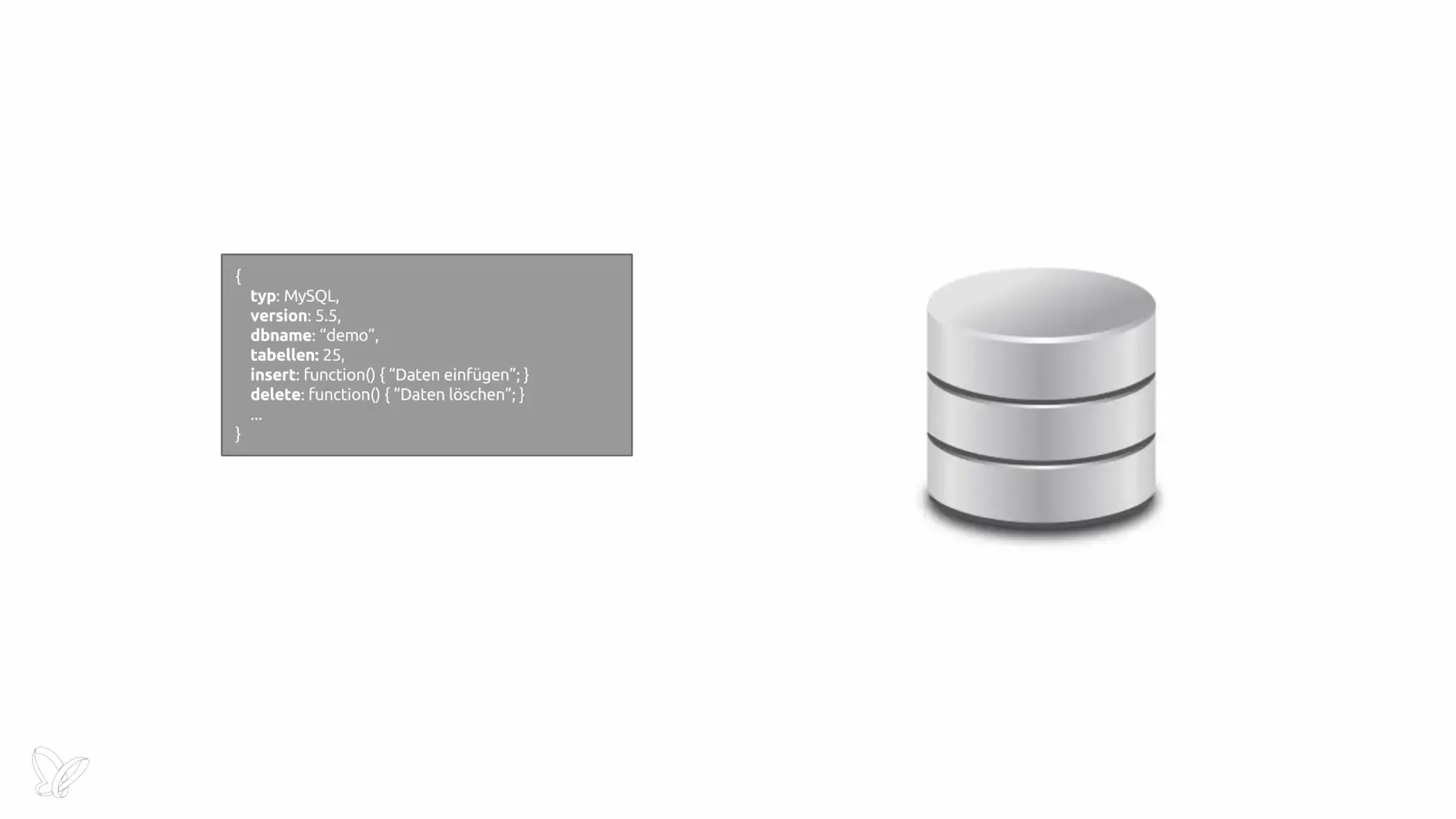
Nesting of objects
However, the consideration doesn't stop at individual objects. In object-oriented programming, objects can also be contained within other objects. This is called nesting. An example could be a keyboard that contains various key objects. Each key can have its own independent properties and functions.
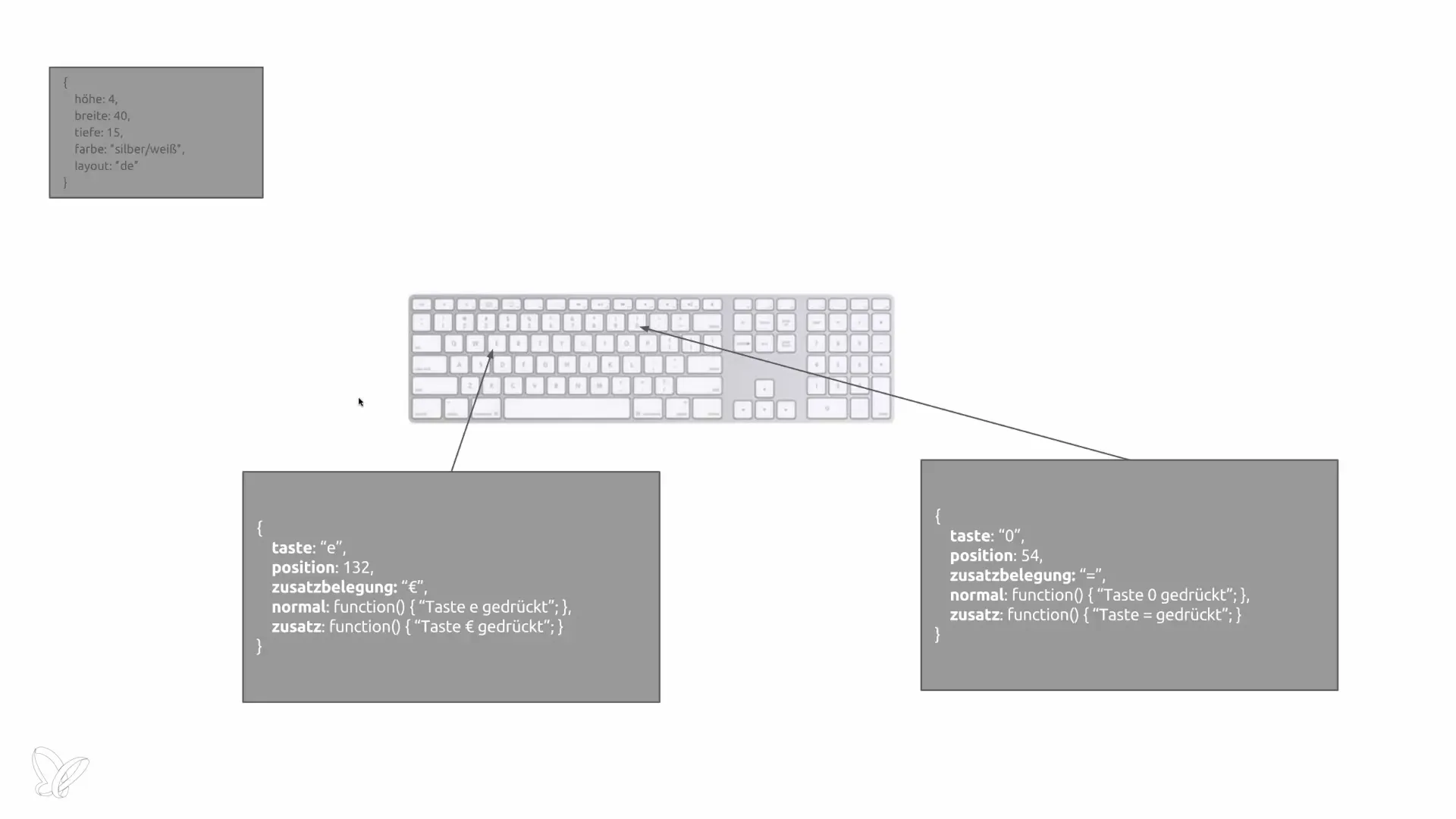
To illustrate how this nesting works, let’s look at the example of a control. A key could have various options such as normal pressing or activating an additional function. Such structural hierarchies strengthen the encapsulation of data and facilitate programming.

Identity of objects
A fundamental characteristic of an object is its identity. Each object should be unique, even if it resembles others in its form or function. An apple can be red, green, or yellow, but the identity of the specific apple arises from its unique properties and individual characteristics.
You can also apply this thought to other areas, such as bank accounts. Each account has its own transactions, both regarding the balance and the transaction history, thus characterized by its unmistakable identity.
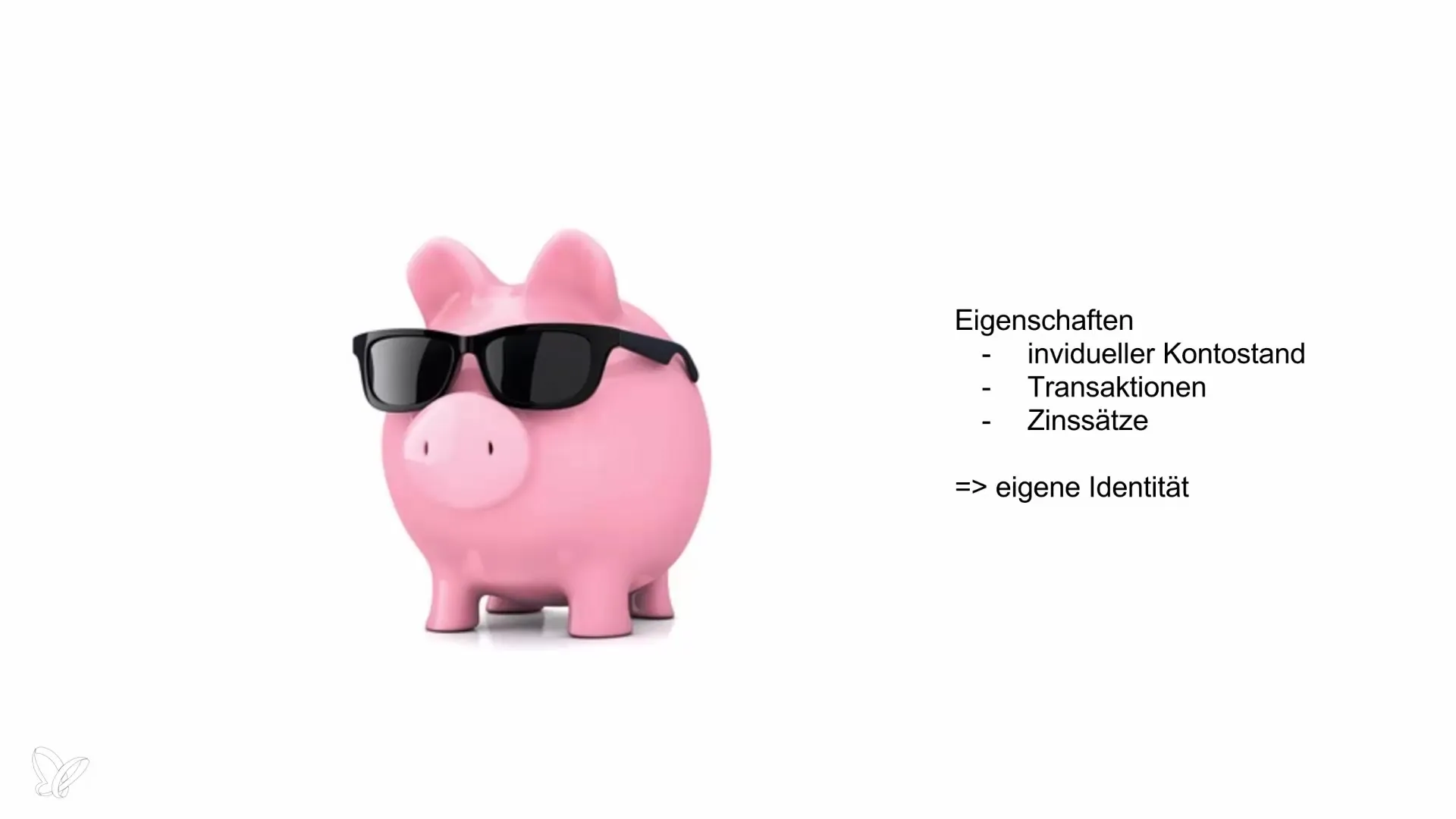
Conclusion on object orientation
After exploring all these concepts, it becomes clear that object orientation is an excellent means of organizing logical units in programming. The central question in object-oriented programming could be: "What does this object need to do?" With these considerations, you can plan your program structure sensibly and implement hierarchies of objects that significantly simplify programming. Objects are the building blocks of programming, and their clear definition helps you make your software more effective.
Summary - Understanding Object-Oriented Programming with PHP
Object-oriented programming is a concept that helps you organize complex applications through simple structures. You have now learned about the importance of objects, their functions and properties, as well as the significance of identity and data encapsulation. With this knowledge, you can implement your programming projects more effectively.
Frequently Asked Questions
What is object orientation?Object orientation is a programming paradigm that uses objects to structure code.
Why should I learn object-oriented programming?Object-oriented programming makes it easier to organize complex programs and promotes code reusability.
What are the properties and functions of objects?Properties describe an object (e.g., height, width), while functions define what the object can do (e.g., pressing keys).
How do I handle the nesting of objects?Nesting allows you to create complex data structures by containing one object within another object.
What understanding do I need for identity in objects?The identity of an object is crucial and arises from unique properties that make each object distinct.


